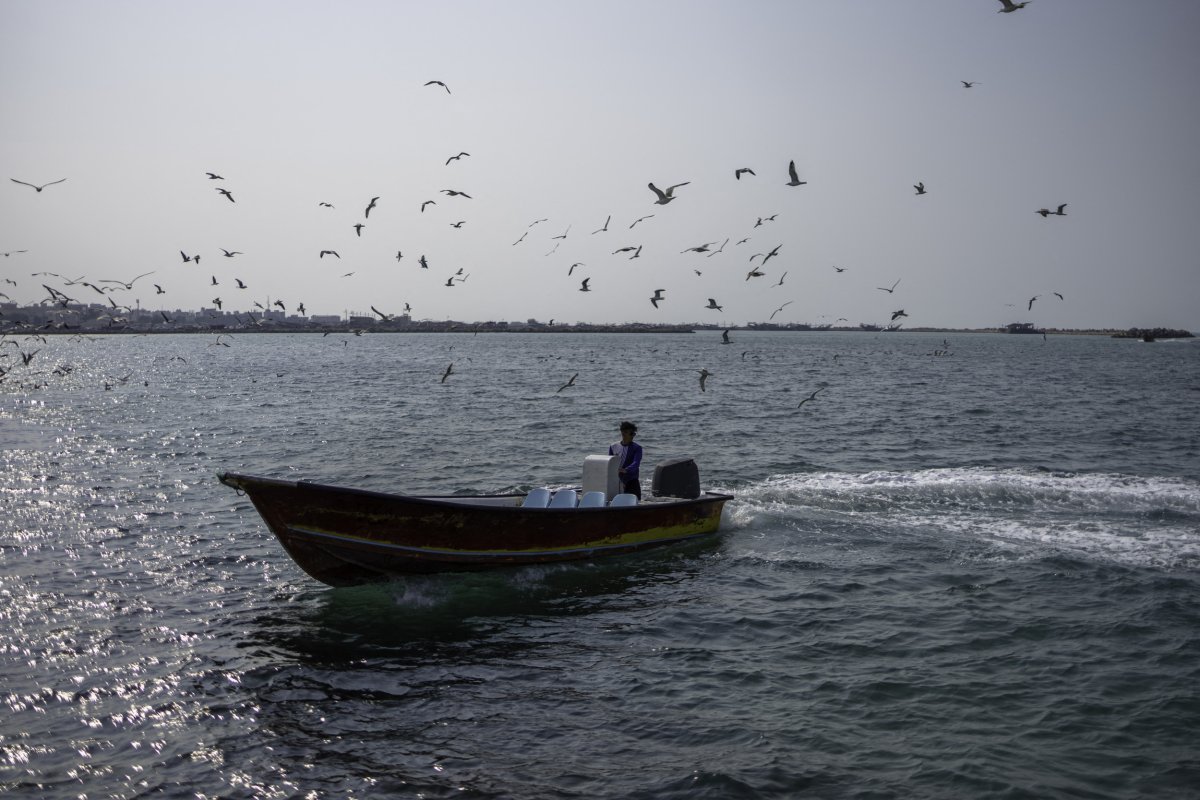Persian Gulf: History, Geopolitics, and the Impact of Renaming Controversies
The Persian Gulf is a vital body of water in the Middle East, strategically located between Iran and the Arabian Peninsula. It has long been at the center of historic trade routes, resource wealth, and geopolitical power struggles. In recent years, debates about its name—and the politics surrounding these debates—have brought renewed international attention to this crucial region.

The Significance of the Persian Gulf
The Persian Gulf serves as a major shipping lane for the world’s energy resources, with a significant volume of global oil passing through its waters each year. Its coastline touches countries including Iran, Saudi Arabia, Kuwait, and the United Arab Emirates.
Rich in natural beauty and strategic maritime routes, the Persian Gulf has shaped economies, cultures, and politics for centuries. Its importance extends far beyond its shorelines, influencing global markets and diplomatic relations.
Naming Disputes: Persian Gulf vs. Arabian Gulf
The name “Persian Gulf” has been historically used for centuries, appearing in texts and maps since antiquity. However, political tensions have led some Arab nations and political figures to advocate for the alternative term "Arabian Gulf."
In May 2025, the naming controversy escalated when President Donald Trump announced that the United States would start referring to the body of water as the "Arabian Gulf." According to The Independent, this move was seen as an overture to America’s Arab allies and a clear snub to Iran. The decision ignited international debate, drawing ire from Iranian officials and fueling tensions in the region.
Iran’s reaction was swift and critical. The country’s foreign minister described Trump’s decision as a hostile act against the Iranian people. Iranian officials stressed the name’s deep historical roots and rejected attempts to alter it for political reasons. Newsweek offers more on Iran’s response in its report, highlighting the strong emotions the issue evokes.
International Perspectives and Impact
While the U.S. administration’s choice of terminology might influence its own official communications, internationally recognized bodies continue to use “Persian Gulf.” The International Hydrographic Organization, for example, maintains the historical designation. Meanwhile, the controversy reflects broader geopolitical struggles and the power of naming as a form of soft influence.
For more details about how this controversy unfolded, see WTOP News' recent coverage, which summarizes reactions and potential effects on international relations.
Conclusion: The Persian Gulf’s Enduring Importance
The Persian Gulf remains both a geographic and political crossroads. Its name is steeped in history, but contemporary rivalries continue to shape the language used to describe it. As regional and global powers vie for influence, the Persian Gulf’s waters reflect centuries of heritage—and the ever-shifting tides of politics.
Understanding the region’s history and current dynamics is essential for grasping ongoing developments in the Middle East and beyond. Stay informed about the latest changes, and consider the broader implications each time the Persian Gulf is mentioned in the news.